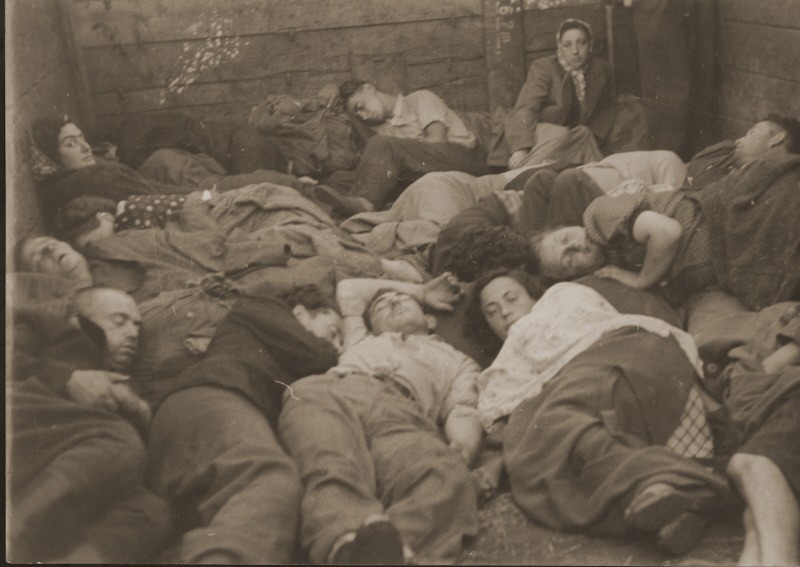
The Aftermath of the Holocaust: Effects on Survivors
For survivors, the prospect of rebuilding their lives after the Holocaust was daunting. Many feared to return to their former homes.
Key Facts
-
1
Following the liberation of Nazi camps, many survivors found themselves living in displaced persons camps where they often had to wait years before emigrating to new homes.
-
2
Many feared returning to their former homes due to postwar violence and antisemitism.
-
3
Finding refuge in other countries was frequently problematic or dangerous. Initially, immigration abroad was very difficult.
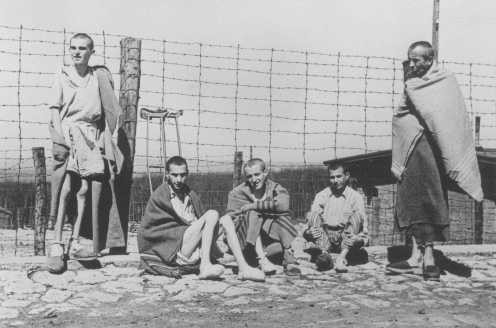
In 1945, when Allied troops entered the concentration camps, they discovered piles of corpses, bones, and human ashes—testimony to Nazi mass murder. Soldiers also found thousands of Jewish and non-Jewish survivors suffering from starvation and disease. For survivors, the prospect of rebuilding their lives was daunting.
After liberation, many Jewish survivors feared to return to their former homes because of the antisemitism (hatred of Jews) that persisted in parts of Europe and the trauma they had suffered. Some who returned home feared for their lives. In postwar Poland, for example, there were a number of pogroms (violent anti-Jewish riots). The largest of these occurred in the town of Kielce in 1946 when Polish rioters killed at least 42 Jews and beat many others.
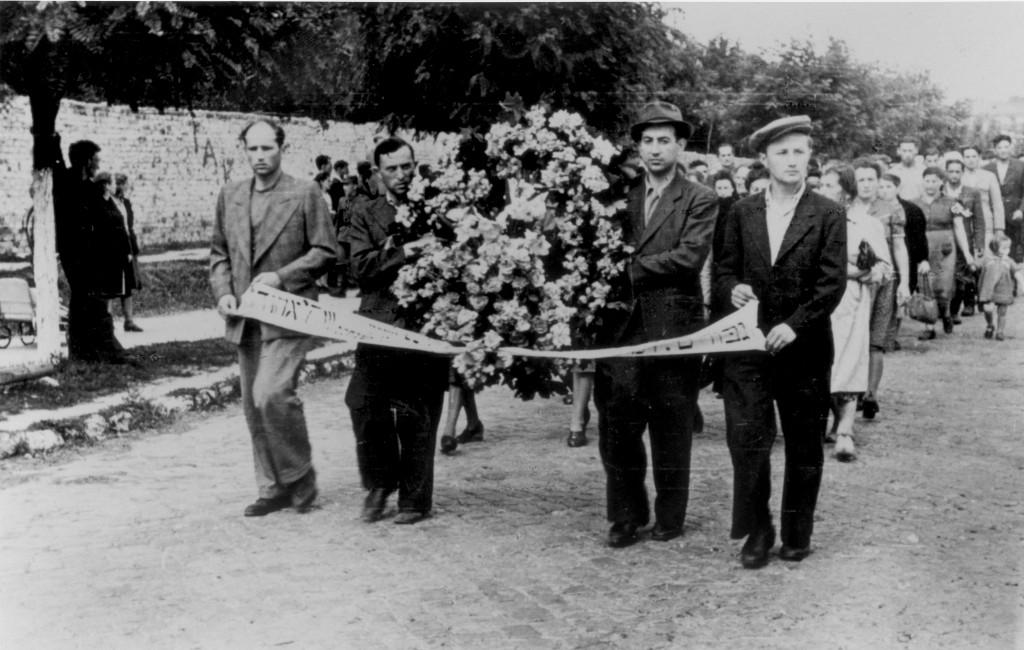
With few possibilities for emigration, tens of thousands of homeless Holocaust survivors migrated westward to other European territories liberated by the western Allies. There they were housed in hundreds of refugee centers and displaced persons (DP) camps such as Bergen-Belsen in Germany. The United Nations Relief and Rehabilitation Administration (UNRRA) and the occupying armies of the United States, Great Britain, and France administered these camps.
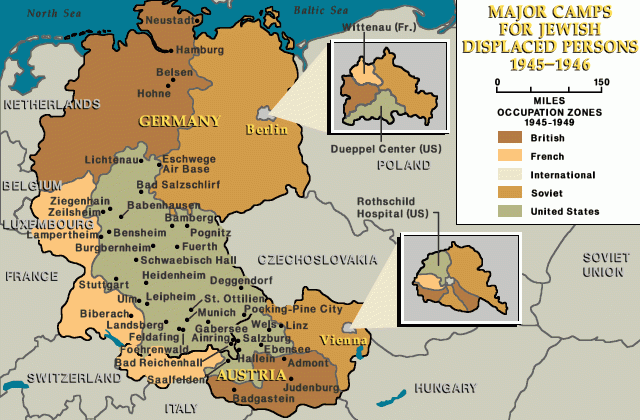
A considerable number and variety of Jewish agencies worked to assist the Jewish displaced persons. The American Jewish Joint Distribution Committee provided Holocaust survivors with food and clothing, while the Organization for Rehabilitation through Training (ORT) offered vocational training. Refugees also formed their own organizations, and many labored for the establishment of an independent Jewish state in Palestine.
The largest survivor organization, Sh'erit ha-Pletah (Hebrew for "surviving remnant"), pressed for greater emigration opportunities. Yet opportunities for legal immigration to the United States above the existing quota restrictions were still limited. The British restricted immigration to Palestine. Many borders in Europe were also closed to these homeless people.
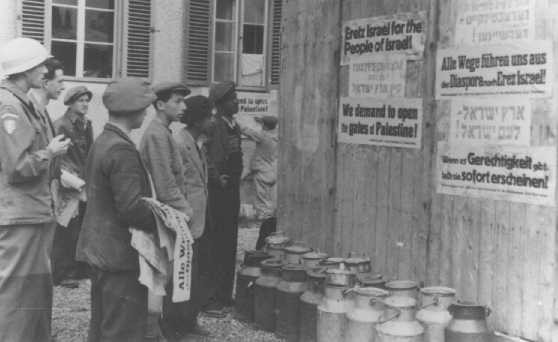
The Jewish Brigade Group (a Palestinian Jewish unit of the British army) was formed in late 1944. Together with former partisan fighters displaced in central Europe, the Jewish Brigade Group created the Brihah (Hebrew for "flight" or "escape"). This organization that aimed to facilitate the exodus of Jewish refugees from Europe to Palestine. Jews already living in Palestine organized "illegal" immigration by ship (also known as Aliyah Bet). British authorities intercepted and turned back most of these vessels, however. In 1947 the British forced the ship Exodus 1947, carrying 4,500 Holocaust survivors headed for Palestine, to return to Germany. In most cases, the British detained Jewish refugees denied entry into Palestine in detention camps on the Mediterranean island of Cyprus.
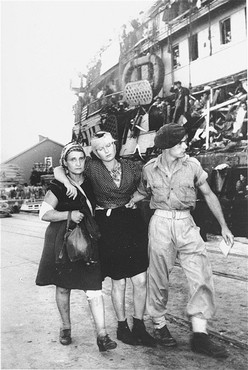
With the establishment of the State of Israel in May 1948, Jewish displaced persons and refugees began streaming into the new sovereign state. Possibly as many as 170,000 Jewish displaced persons and refugees had immigrated to Israel by 1953.
In December 1945, President Harry Truman issued a directive that loosened quota restrictions on immigration to the US of persons displaced by the Nazi regime. Under this directive, more than 41,000 displaced persons immigrated to the United States. Approximately 28,000 were Jews.
In 1948, the US Congress passed the Displaced Persons Act. The act provided approximately 400,000 US immigration visas for displaced persons between January 1, 1949, and December 31, 1952. Of the 400,000 displaced persons who entered the US under the DP Act, approximately 68,000 were Jews.
Other Jewish refugees in Europe emigrated as displaced persons or refugees to Canada, Australia, New Zealand, western Europe, Mexico, South America, and South Africa.
I was 18, but I was, in fact, only 13 because those years were nothing. Those were erased from my life.
—Madeline Deutsch
Critical Thinking Questions
What challenges immediately faced survivors of the Holocaust?
How did countries respond to the plight of the survivors? What obligations, if any, do countries have to the survivors of genocide and mass atrocity?

